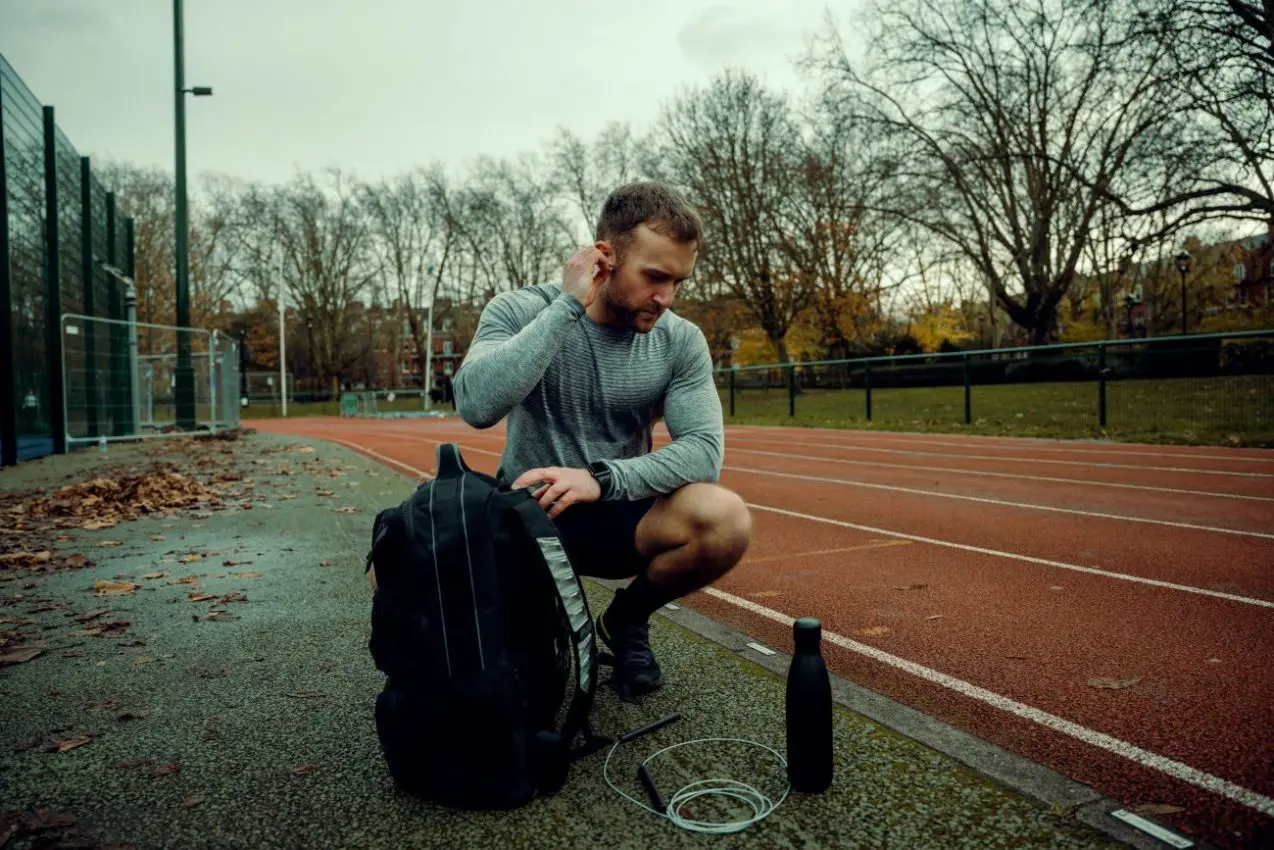Rucking, which comes from the military word "ruck marching," is just walking while carrying something heavy on your back, and it is the newest exercise trend taking the internet by storm.
This one-of-a-kind full-body workout used to be mostly done by military trainees during intense training, but it's becoming more and more popular because it burns a lot of calories while lowering the risk of injury.
As former Navy SEAL Stew Smith shared, weighted walking has become a routine sight even on suburban streets. He frequently spots neighbors lugging small loads in their backpacks, likely unaware that they are taking part in an increasingly popular exercise regime. The appeal is obvious. Rucking simultaneously builds cardiovascular endurance, strengthens muscles, and provides a meaningful reason to be active outdoors.
Several recent studies have validated the multi-pronged benefits, sparking interest across athletic and recreation circles. Just three months of regimented rucking and resistance training markedly improved physical performance and reduced perceived exertion in a 2019 trial of men. Likewise, weighted step training substantially increased lower body strength while prolonging independence in older women participants, according to a 2019 publication.
The key driver behind these advantages is the exaggerated energy expenditure required to walk while bearing extra pounds. As Smith explained, rucking burns approximately 30-45% more calories than walking without weighted resistance. Given this formula, a 180-pound person carrying 35 additional pounds would torch calories at the same elevated rate as someone weighing 215 pounds moving unladen. "It's a simple math equation," affirmed Mark Stephenson of Mass General Brigham's sports research division, with caloric expenditure scaling alongside total weight.
For newcomers, experts recommend a cautious approach to avoid overexertion injuries. Stephenson advised beginners to start with an empty backpack on familiar walking routes before slowly adding weight incrementally - ideally starting with 10 percent of body weight. Since backpacks create more shear stress on ankles, knees and hips than body weight alone, restraint is key especially for those with prior joint issues. Rucking vests can provide an interim step too by better distributing loads front and back.
Proper backpack selection and weight loading is critical as well in injury prevention. According to Smith, wide padded shoulder straps coupled with an anchored waist strap provide necessary stabilization and reduced strap tension across the shoulders and back. Rather than loose items that shift during movement, weights like sandbags that mold to one's back are ideal for evenly distributing mass. For simplicity, purpose-built rucking backpacks now integrate customizable weight plates and pockets that automatically position loads correctly too.
Despite the straightforward premise of walking while weighted down, restraint and reason must still prevail to sustain long-term adherence. Both Stephenson and Smith emphasized refraining from daily rucking, which heightens cumulative fatigue and strain. Strategic supplementation with squats or bleacher stair climbing helps strengthen the lower body muscles that bear the brunt of the impact. But ultimately, pain signals a need to pull back volume. As Stephenson summarized, an appropriately challenging workout stimulates fitness gains without pushing past sustainable limits.
Rucking's expanding popularity is understandable, given its flexibility and multidimensional physical benefits. With proper precautions, weighted walking offers an avenue to boost caloric burn and full-body strength while promoting mental health through outdoor activity. Though unlikely to fade as a passing fad, restraint and gradual progression remain instrumental in harnessing rewards while avoiding harm. By following prudent guidance, rucking provides a simple gateway to enhance fitness across the general public.

 Trump has begun another trade war. Here's a timeline of how we got here
Trump has begun another trade war. Here's a timeline of how we got here
 Canada's leader laments lost friendship with US in town that sheltered stranded Americans after 9/11
Canada's leader laments lost friendship with US in town that sheltered stranded Americans after 9/11
 Chinese EV giant BYD's fourth-quarter profit leaps 73%
Chinese EV giant BYD's fourth-quarter profit leaps 73%
 You're an American in another land? Prepare to talk about the why and how of Trump 2.0
You're an American in another land? Prepare to talk about the why and how of Trump 2.0
 Chalk talk: Star power, top teams and No. 5 seeds headline the women's March Madness Sweet 16
Chalk talk: Star power, top teams and No. 5 seeds headline the women's March Madness Sweet 16
 Purdue returns to Sweet 16 with 76-62 win over McNeese in March Madness
Purdue returns to Sweet 16 with 76-62 win over McNeese in March Madness








